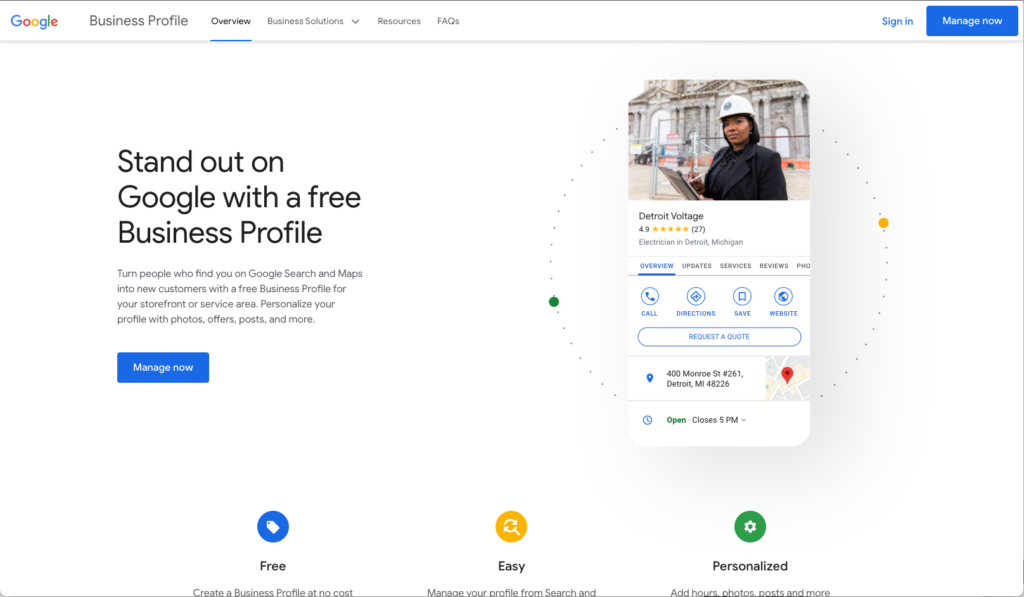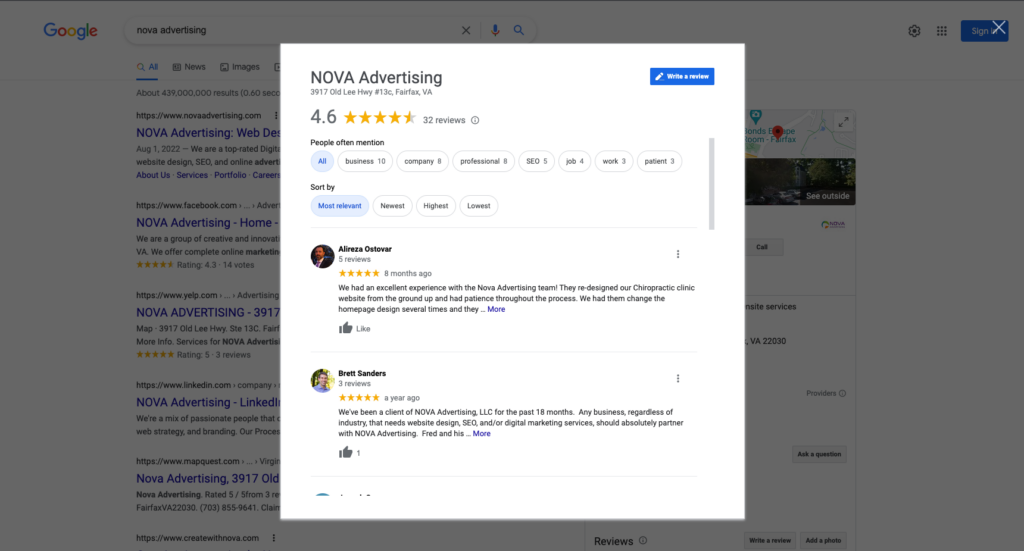
Increase Website Traffic & Generate More Leads With These 8 Local SEO Tips for Home Builders
Are you a home builder looking for new leads? If so, local SEO should be a key part of your marketing strategy. But first, why is local SEO services for home builders important? Because it helps you to rank higher in search engine results pages (SERPs) for searches related to your business in your local area. And the higher you rank, the more likely people are to find and contact you.
What is Local SEO?
Local SEO is the process of optimizing your online presence to rank higher in local search results. This includes optimizing your website, social media profiles, and online listings (such as your Google My Business listing) for local keywords and phrases. When people search for home builders in their area, you want your business to be one of the first ones they see.
One way to optimize your website for local SEO is to use schema markup. Schema markup is a code that you can add to your website to help search engines understand your business and your content better. It can also help to improve your click-through rate (CTR) from SERPs.
To add schema markup to your website, you’ll need to edit your site’s code. If you’re not comfortable doing this, you can hire a developer to do it for you. Once you’ve added the code, test it using Google’s Structured Data Testing Tool to make sure it’s working properly.
So how can you optimize your website for Local SEO? Here are 5 tips:
1. Make sure your NAP (name, address, phone number) is consistent across all platforms.
One of the most important things you can do for your local SEO is to make sure that your name, address and phone number (NAP) are consistent across all platforms. This means that if someone searches for your business on Google, they should see the same NAP information as if they search for you on Yelp or Bing. If your NAP is not consistent, it can confuse potential customers and make it more difficult for them to find your business. It can also hurt your chances of ranking well in local search results.
2. Claim and optimize your Google Business Profile listing.
Another important step in optimizing your website for local SEO is to claim and optimize your Google Business Profile listing.

Your Google Business Profile listing is what appears when people do a search for your business on Google Maps or Google Search. To claim your listing, go to google.com/business and follow the instructions. Once you’ve claimed your listing, be sure to fill out as much information as possible, including your NAP, business hours, website URL, and description. You can also add photos and videos to help potential customers learn more about your business.
3. Optimize your website for local keywords.
In addition to claiming and optimizing your GMB listing, you should also optimize your website for local keywords. This means including city and state names in your title tags, meta descriptions, H1 tags, and throughout the content on your website.
4. Use geo-targeted content.
This is content that is specifically written for people in a certain location. For example, if you’re a home builder in Los Angeles, you would want to create content that is optimized for people searching for “home builders in Los Angeles.” In addition to using geo-targeted keywords, you should also use targeted keywords throughout your website. Targeted keywords are those that are specific to your business, such as “custom home builder” or “luxury home builder.” By optimizing for local keywords, you’ll improve your chances of ranking higher in search results for those keywords, which will in turn help more people find your business.
5. Be Unique.
Make sure that all of the content on your website is unique. This means that it should be different from the content on any other website, even if it’s just slightly. Additionally, all of your website’s content should be relevant to your business. If you have a blog, for example, the blog posts should be about topics that are related to home building or remodeling.
6. Make your website mobile-friendly (responsive).
According to Google, 61% of users are more likely to contact a local business if they have a mobile-friendly website. This means that your website should be designed in a way that makes it easy to view and navigate on a mobile device. If your website is not mobile-friendly, you’re at risk of losing potential customers and harming your chances of ranking well in local search results.
7. Build local citations.
Another important part of local SEO is building local citations. Citations are simply mentions of your business name and address on other websites. The more high-quality citations you have, the better your chances of ranking well in local search results. There are a few ways to build citations for your business. One is to submit your business information to online directories such as Yelp, Angi’s List, and HomeAdvisor. Another is to create profiles on social media sites like Facebook, Twitter, and LinkedIn. And finally, you can also try reaching out to local news outlets and asking them to mention your business in an article or post.
8. Get reviews from customers.
Finally, one of the best ways to improve your local SEO is to get positive reviews from your customers. Google and other search engines place a lot of weight on customer reviews when it comes to ranking businesses in local search results. There are a few ways to encourage your customers to leave reviews. One is to simply ask them for a review after they’ve done business with you. You can also include a link to your Google Business Profile listing in your email signature, on your website, or on social media.

If you’re a home builder looking for new leads, it’s important to optimize your website and local listings for search engines. These five tips will help get you started. Have you tried any of these techniques? If not, contact us today at Nova Advertising, and we’ll help get you on the right track.





